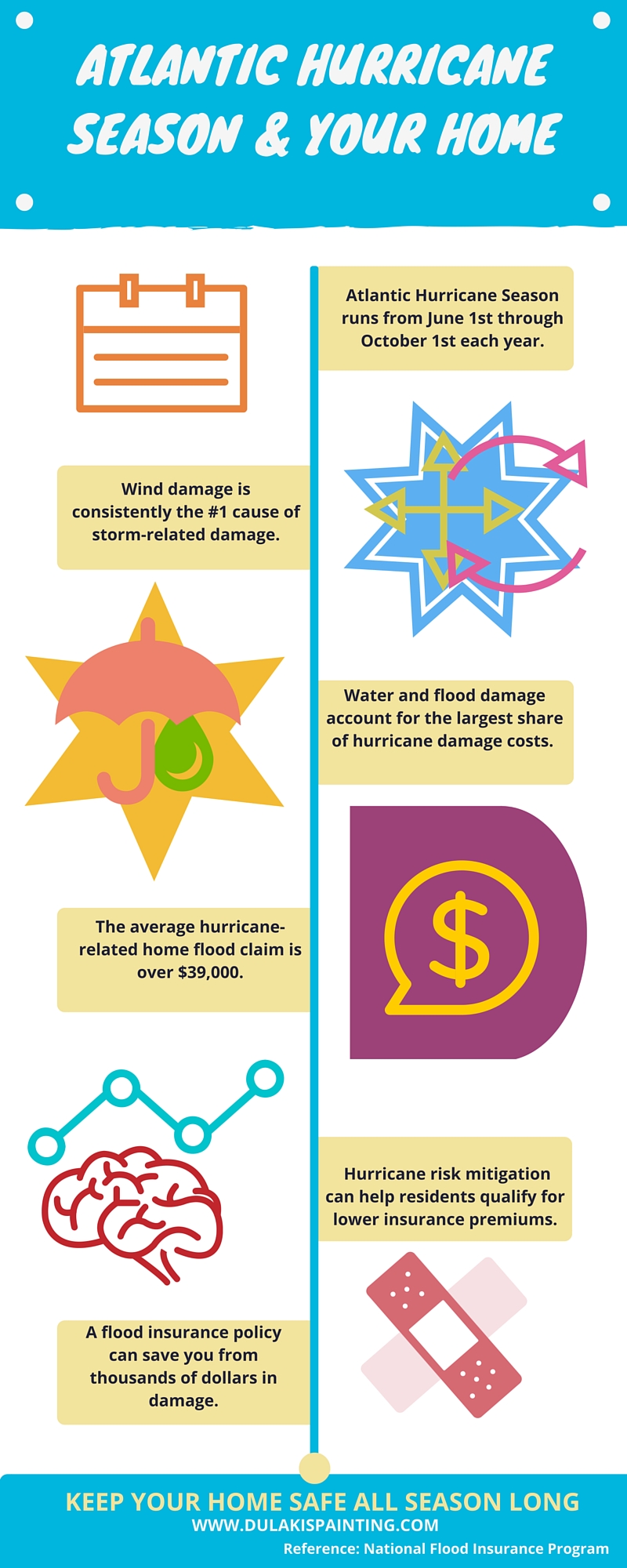Investigate The Duty Of Seasonal Consider The Success Of Business Outside Paint And Discover The Most Effective Times To Protect Long-Term Results For Your Project
Investigate The Duty Of Seasonal Consider The Success Of Business Outside Paint And Discover The Most Effective Times To Protect Long-Term Results For Your Project
Blog Article
Article Composed By-Regan Rodriquez
When you're preparing a commercial outside painting project, seasonal variables can make or break your results. You'll wish to think about how temperature level and humidity influence paint application and drying times. Picking the best period can ensure your paint adheres properly and lasts much longer. Yet which periods are really the best for this type of work? Let's check out the key elements that can impact your project's success.
The Impact of Temperature on Paint Application
When you're intending a business external paint task, the temperature level can considerably influence just how well the paint sticks and dries out.
Ideally, you wish to repaint when temperatures range in between 50 ° F and 85 ° F. If it's also cool, the paint might not heal correctly, bring about issues like peeling or splitting.
On the other side, if it's also warm, the paint can dry too promptly, preventing proper adhesion and causing an unequal finish.
You need to likewise consider the moment of day; morning or late afternoon offers cooler temperature levels, which can be much more beneficial.
Always inspect the supplier's recommendations for the details paint you're making use of, as they often give advice on the suitable temperature level range for optimum outcomes.
Moisture and Its Impact on Drying Times
Temperature level isn't the only environmental element that affects your commercial external paint job; humidity plays a considerable function as well. High humidity degrees can slow down drying times significantly, impacting the total quality of your paint work.
When the air is saturated with wetness, the paint takes longer to heal, which can lead to concerns like bad adhesion and a greater danger of mold development. If you're painting on a particularly moist day, be gotten ready for extended delay times between layers.
It's crucial to keep track of local weather conditions and strategy appropriately. Preferably, aim for moisture degrees in between 40% and 70% for ideal drying.
Maintaining these factors in mind guarantees your job stays on track and supplies a long-term finish.
Best Seasons for Commercial Exterior Painting Projects
What's the best season for your commercial external paint jobs?
Spring and early autumn are usually your best options. Throughout these periods, temperature levels are moderate, and moisture degrees are often lower, producing optimal problems for paint application and drying.
Stay house painters of summer season's intense heat, which can cause paint to dry too promptly, causing bad attachment and surface. Similarly, mouse click the following internet site can prevent correct drying and healing, taking the chance of the long life of your paint job.
Aim for days with temperature levels between 50 ° F and 85 ° F for ideal outcomes. Bear in mind to inspect the regional weather forecast for rain, as wet conditions can destroy your job.
Preparation around these factors guarantees your painting project runs efficiently and lasts much longer.
Final thought
Finally, planning your industrial external paint projects around seasonal factors to consider can make a considerable distinction in the end result. By organizing job during the suitable temperature levels and moisture degrees, you'll make certain far better attachment and drying out times. Remember to watch on painting minneapolis and choose the right time of year-- springtime and very early autumn are your best choices. Taking these actions will assist you accomplish a sturdy and professional coating that lasts.
